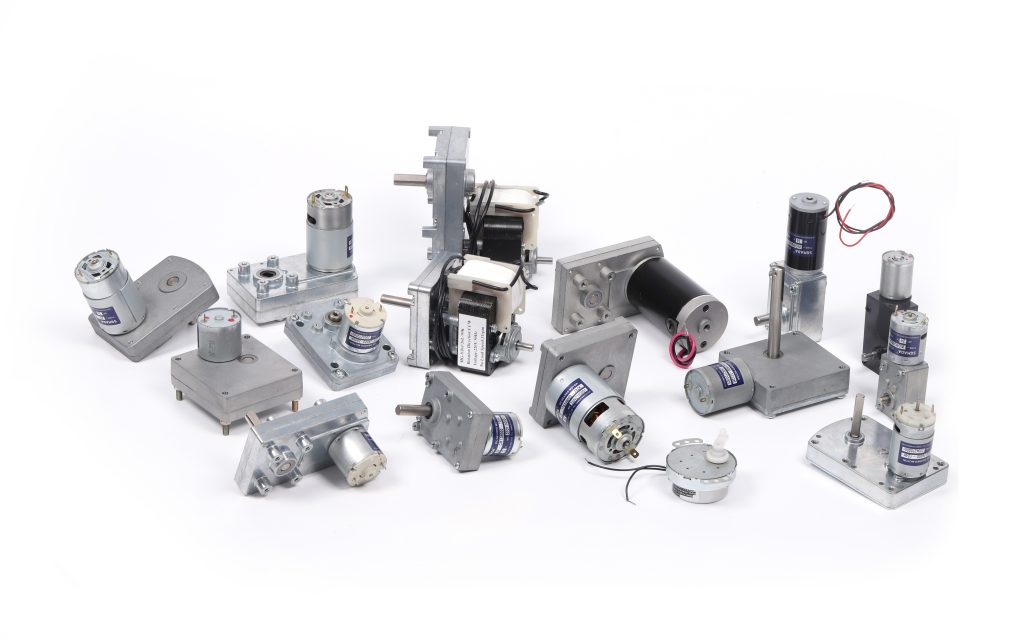Mobile:+86-311-808-126-83
Email:info@ydcastings.com
Understanding the Process and Benefits of Sand Casting Aluminum for Foundry Applications
Sand Casting Aluminum An Overview
Sand casting is one of the oldest and most versatile metal casting processes, particularly well-suited for aluminum. This technique uses a mold made of sand, which allows for the creation of complex shapes and designs. The process involves several steps, including pattern making, molding, pouring, and finishing, each of which contributes to the efficiency and effectiveness of sand casting for aluminum parts.
The Process of Sand Casting Aluminum
1. Pattern Making The first step in sand casting is creating a pattern of the desired part. Patterns are typically made from materials like wood, metal, or plastic, and they are designed to be slightly larger than the final casting to account for shrinkage that occurs during cooling. Patterns can be either single-use or reusable, depending on the production volume and requirements.
2. Mold Preparation Once the pattern is complete, it is used to create a mold from sand. The sand is mixed with a binding agent, usually clay and water, to enhance its cohesion. The mixture is then packed tightly around the pattern. After it solidifies, the pattern is removed, leaving behind a cavity in the shape of the desired part. Two halves of the mold are often created the cope (top half) and the drag (bottom half).
3. Pouring Following the mold preparation, aluminum is melted in a furnace and poured into the mold cavity. The molten aluminum fills the mold completely, taking on the shape of the cavity. This step must be done quickly to prevent the sand from cooling and hardening, which could affect the quality of the casting.
4. Cooling and Finishing After pouring, the aluminum must cool and solidify. Once cooled, the mold is broken away, revealing the cast part. The casting may have excess material, known as flash, which needs to be removed. Finishing processes could include machining, grinding, and sandblasting to achieve desired surface characteristics and dimensional precision.
Advantages of Sand Casting Aluminum
sand casting aluminum

- Versatility Sand casting is suitable for producing a wide variety of shapes and sizes, from small intricate parts to large components. This makes it an ideal choice for industries such as automotive, aerospace, and manufacturing.
- Cost-Effectiveness The materials used for sand casting are relatively inexpensive, and the process can be performed with minimal tooling
. This makes sand casting an economical option, especially for low to medium production runs.- Good Surface Finish With the right preparation and finishing techniques, sand cast aluminum can achieve a fair surface finish, which is often sufficient for many applications without the need for extensive secondary processing.
- Excellent Material Properties Aluminum has advantageous properties such as a high strength-to-weight ratio, corrosion resistance, and excellent thermal conductivity. Sand casting enhances these traits, making aluminum parts suitable for demanding applications.
Challenges in Sand Casting Aluminum
Despite its advantages, sand casting aluminum does have some challenges. The quality of the casting can be influenced by factors such as sand grain size, moisture content, and the pouring temperature of the aluminum. Furthermore, achieving consistent tolerances and minimizing defects like air pockets, sand inclusion, and shrinkage cavities can require careful control and expertise.
In conclusion, sand casting aluminum remains a popular method due to its versatility, cost-effectiveness, and ability to produce high-quality parts. While it may face competition from more modern techniques like die casting or investment casting, the unique benefits of sand casting ensure its continued relevance in the manufacturing sector, particularly for custom and low-volume production runs. As technology evolves and methods improve, sand casting is likely to adapt and thrive in the dynamic landscape of metal casting.
-
Understanding Metal Casting TechniquesNewsApr.02,2025
-
Understanding Exhaust Manifolds for Enhanced Engine PerformanceNewsApr.02,2025
-
The World of Metal FabricationNewsApr.02,2025
-
Key Components for Pump and Turbo EfficiencyNewsApr.02,2025
-
Essential Tools for Automotive Maintenance and RepairNewsApr.02,2025
-
Durable Valve Components for Effective Water ManagementNewsApr.02,2025











